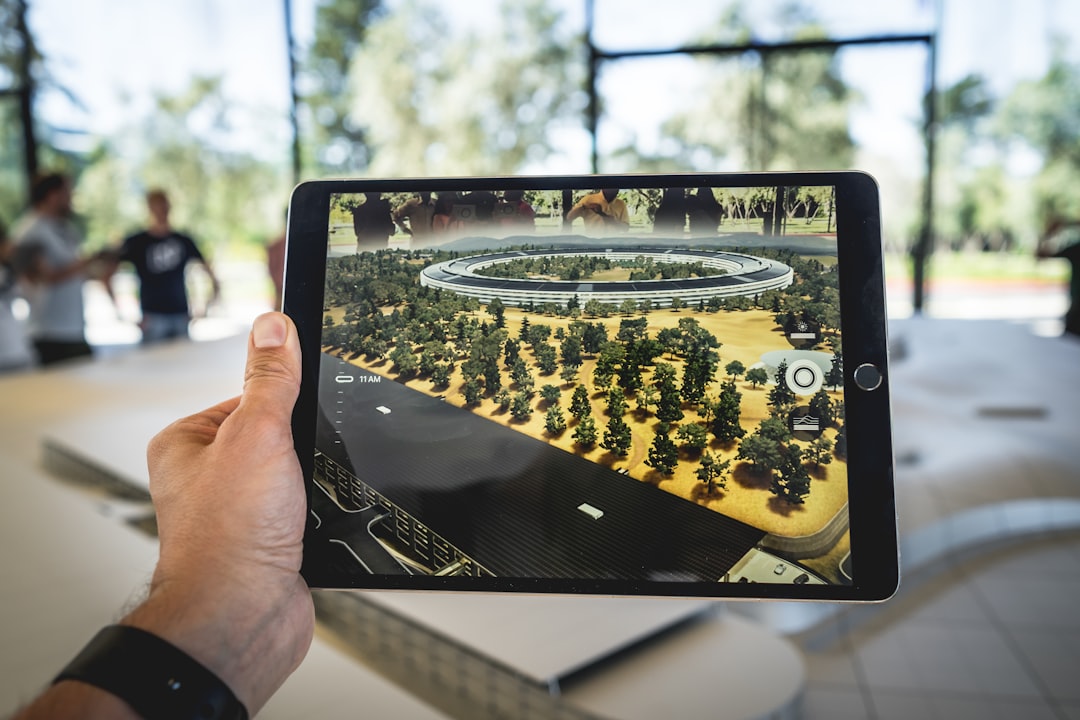 What is Augmented Reality and How is it Used in Education?
What is Augmented Reality and How is it Used in Education?
Definition of augmented reality
Augmented reality (AR) is a technology that superimposes computer-generated images, sounds, or other data on a user’s view of the real world, providing an enhanced version of reality. In education, AR is used to combine real-world environments with virtual information, creating interactive learning experiences.
Benefits of incorporating AR in education
There are various benefits to integrating AR in education, such as increased student engagement, improved retention of information, and enhanced understanding of complex concepts through interactive visuals and simulations.
Examples of AR applications in the learning process
AR applications in education include virtual field trips, interactive textbooks, anatomical simulations for medical students, and language learning apps that overlay translations onto real-world objects.
How Does Augmented Reality Enhance the Learning Experience?
AR technology for teaching and learning
AR technology offers educators innovative ways to teach and students unique opportunities to learn by immersing themselves in interactive and hands-on experiences.
Immersive AR experiences in the classroom
Immersive AR experiences transport students to different environments, allowing them to explore historical sites, observe scientific processes, and engage in simulations that enhance their understanding of complex subjects.
Use of AR apps to make learning more interactive
AR apps enable interactive learning experiences by overlaying digital content onto physical objects, turning traditional learning materials into dynamic and engaging tools for education.
What Are the Advantages of Using Augmented Reality in Education?
Facilitating remote learning through AR
AR facilitates remote learning by providing students with virtual classroom experiences, enabling collaboration and interaction no matter where the learners are located.
Enhancing understanding of complex concepts with AR content
AR content helps students grasp complex concepts by visualizing abstract ideas, allowing them to manipulate and interact with virtual elements that make learning more tangible and comprehensible.
AR applications in medical education and training
In medical education, AR is used for surgical simulations, anatomy visualization, and patient assessment training, providing students with practical hands-on learning experiences in a safe virtual environment.
How Can Augmented Reality Transform Traditional Teaching Methods?
Integrating AR to allow students to learn in innovative ways
Integrating AR into traditional teaching methods allows students to learn through innovative approaches that cater to diverse learning styles, fostering creativity, critical thinking, and problem-solving skills.
AR technology for creating digital learning materials
AR technology enables the creation of digital learning materials that go beyond static textbooks, providing dynamic content that adapts to students’ pace and preferences, enhancing the learning process.
AR’s role in improving student engagement and participation
AR enhances student engagement and participation by making learning interactive and fun, motivating students to actively explore and understand complex topics while developing practical skills applicable to real-world scenarios.
What Are Some Emerging Trends in Augmented Reality Education Technology?
Development of AR content for educational purposes
The development of specialized AR content for educational purposes is on the rise, offering tailored solutions for different subjects and learning environments to enhance the overall educational experience.
Use of VR and AR in tandem to enhance the learning experience
Combining virtual reality (VR) and AR technologies provides a comprehensive learning experience, where VR immerses students in virtual worlds, while AR overlays information onto the real world, creating interactive and engaging lessons.
Implementing artificial intelligence in AR-based teaching methods
Artificial intelligence (AI) integration in AR-based teaching methods enables personalized learning experiences, adaptive feedback systems, and intelligent tutoring systems that cater to individual student needs and learning outcomes.
Q: What is augmented reality in education?
A: Augmented reality in education is the integration of digital information with the user’s environment in real time, enhancing the learning experience by overlaying virtual elements onto the physical world.
Q: What are the benefits of using augmented reality in education?
A: There are several benefits of using augmented reality in education, including increased student engagement, enhanced learning experiences, improved retention of information, and the ability to provide interactive and immersive learning experiences.
Q: Can you provide an example of how augmented reality is used in education?
A: One example of augmented reality in education is the use of AR apps to visualize complex concepts in subjects like science and mathematics, allowing students to interact with 3D models and simulations to deepen their understanding.
Q: How is augmented reality incorporated into the classroom?
A: Augmented reality can be incorporated into the classroom through the use of AR-enabled devices like tablets or smartphones, specialized AR apps, or even AR glasses, allowing teachers to create interactive lesson plans and engage students in a more dynamic learning environment.
Q: What is AR development and how does it relate to education?
A: AR development refers to the creation of augmented reality applications and experiences, which can be tailored for educational purposes to provide students with new ways to interact with course material and engage in immersive learning experiences.
Q: How is augmented reality being used in military training?
A: Augmented reality is being used in military training to simulate realistic combat scenarios, provide hands-on experience with equipment and procedures, and improve training outcomes by offering a safe and controlled environment for soldiers to practice their skills.
Q: How does augmented reality enhance classroom learning?
A: Augmented reality enhances classroom learning by making educational content more engaging and interactive, allowing students to explore concepts in a visual and hands-on manner, fostering collaboration and critical thinking skills in the process.

 What is Augmented Reality and How is it Used in Education?
What is Augmented Reality and How is it Used in Education?